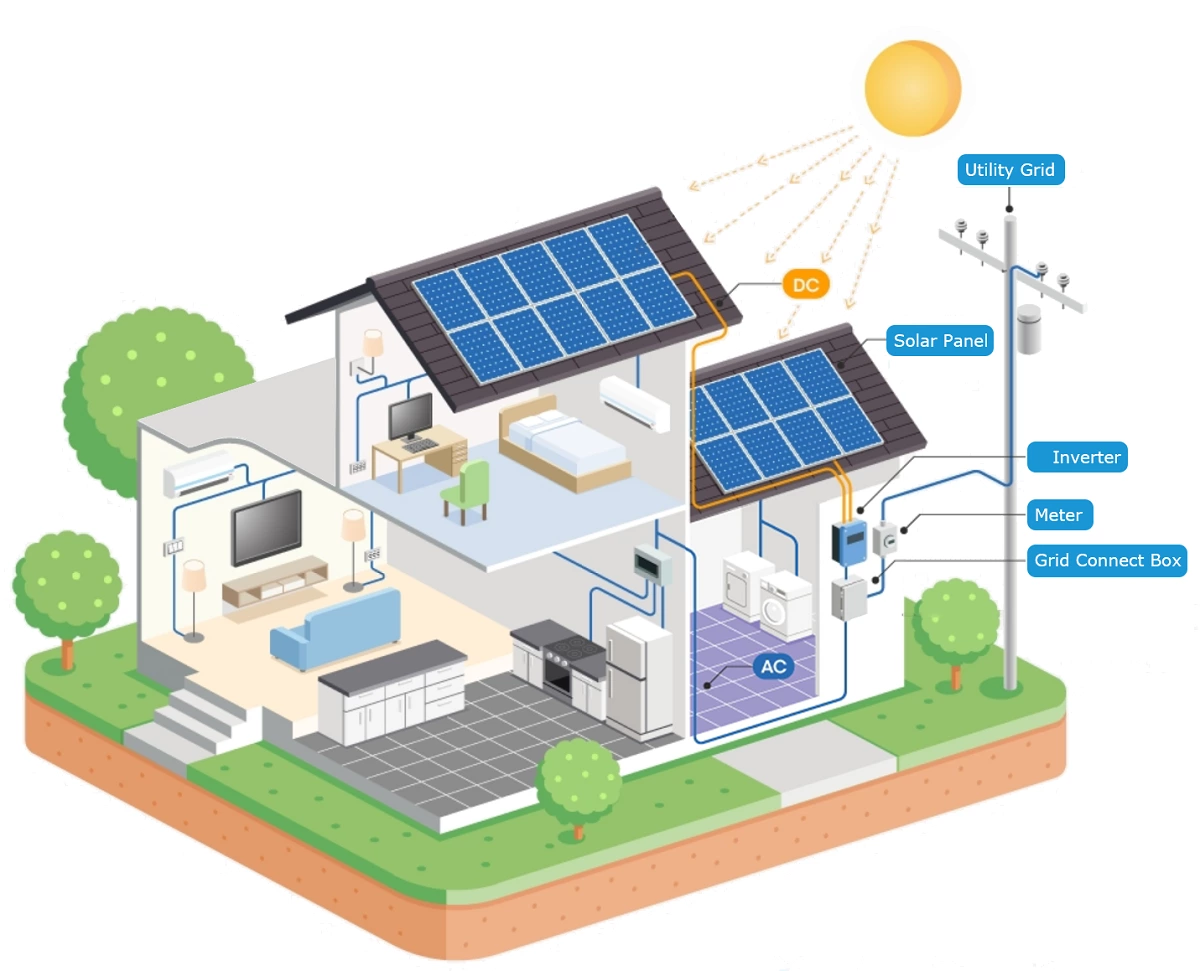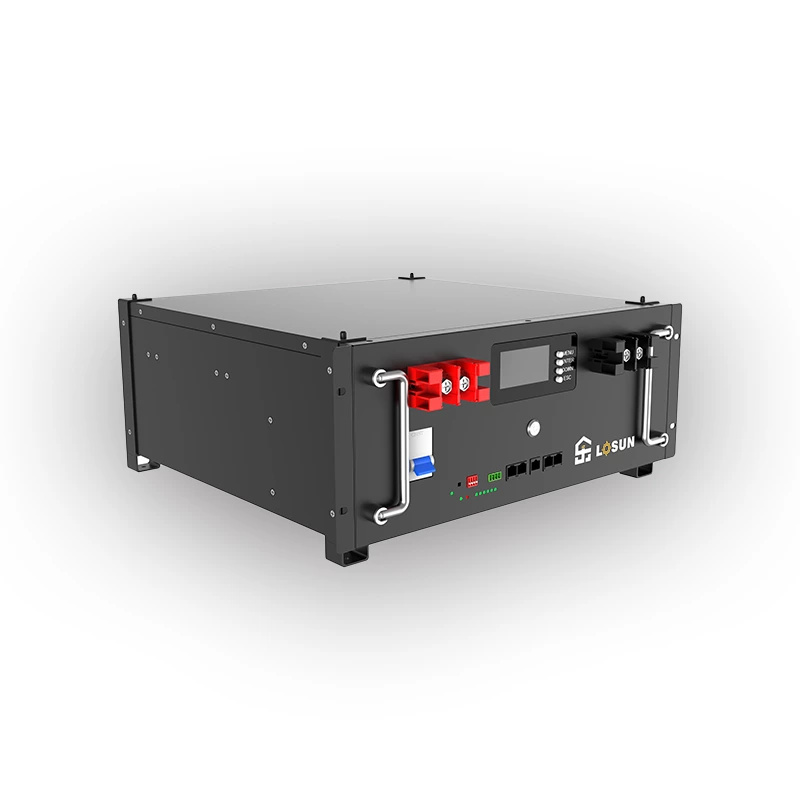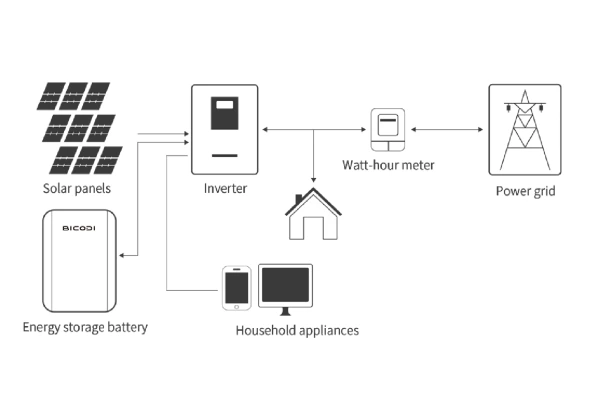BESS: Revolutionizing Power Management for a Sustainable Future
What is BESS?
These BESS—short for "battery energy storage system"—systems are altering how we store and distribute electricity. Rechargeable batteries are used in these cutting-edge devices to store energy from multiple sources, like solar or wind power, and release it as needed. Battery storage devices are becoming more crucial for ensuring a steady and dependable grid as renewable energy sources proliferate.
Numerous advantages are provided by these systems, including balancing the electrical grid, offering backup power during power outages, and enhancing overall grid stability. These technologies are essential for resolving the hour-to-hour fluctuation of renewable energy supply due to the rapid scaling up of energy storage systems, especially as the share of wind and solar power in electricity generation rises.

Key Takeaways
- When using renewable energy sources, battery energy storage devices are essential for ensuring grid stability.
- These systems promote overall grid reliability and provide solutions for backup power.
- As the production of renewable energy keeps rising, its significance is anticipated to increase.
Overview of Battery Energy Storage Systems
In order to store and distribute the electricity produced by renewable energy sources like solar and wind power, battery energy storage systems (BESS) are a crucial component of renewable energy solutions. Understanding the fundamentals of these systems will help you decide on their applications and advantages as the demand for renewable energy rises.
Types of Batteries
Energy storage systems employ a variety of battery types, each with specific benefits and restrictions. Typical battery designs include:
- Lead-acid batteries are the conventional and most often used batteries and are renowned for being reliable and inexpensive. However, in contrast to other varieties, they have a short lifespan and a reduced energy density.
- Lithium-ion batteries have grown in popularity recently, especially for electric vehicles and large-scale energy storage due to their better energy density and longer lifespan.
Components and Functions
There are various crucial parts that make up a full battery energy storage system, and they all work together to store and deliver electricity:
- Batteries are the foundation of any BESS. They store electrical energy as chemical energy and release it when necessary.
- Charge controller: This controls the flow of electricity from the linked energy source (such as solar panels) to the battery, preventing the battery from being overcharged or fast depleted.
- Inverter: The inverter transforms the battery's stored direct current (DC) energy into alternating current (AC), which is used by your appliances and the grid.
- Monitoring and control system: With the help of this component, you can keep an eye on how well your BESS is functioning and learn about any maintenance needs.
Keep in mind the factors pertaining to battery kinds and the crucial elements that comprise these systems as you investigate battery energy storage solutions for your renewable energy requirements. A BESS can considerably improve the efficiency and dependability of your renewable energy setup when the necessary factors are in place.
Key Applications and Benefits
Grid Support
By offering frequency responsiveness, reserve capacity, black-start capabilities, and other services, battery energy storage devices can significantly contribute to the stability of the electrical grid. These systems contribute to the grid's increased efficiency, allowing it to function more dependable and adaptably. Battery energy storage might thereby lessen the requirement for developing new peak power plants that generate pollution and raise the capacity factor of currently available resources.
Renewable Energy Integration
Due to its erratic nature, integrating renewable energy sources like solar and wind into the system can be difficult. Battery energy storage allows you to store extra energy produced during times of high renewable output and discharge it when necessary, strengthening the grid's capacity to handle additional clean energy. Power storage facilitates the shift to sustainable energy systems, supports self-consumption, and improves mini-grids.
Backup Power Solutions
In addition, battery energy storage systems can offer industrial, commercial, and residential applications with backup power options. Energy storage can keep the electricity flowing in the event of a blackout or other unfavorable circumstances, assuring the continuity of vital services and boosting resilience. In regions vulnerable to natural disasters or where grid stability is an issue, these backup systems might be especially helpful.
You can get many advantages by investing in battery energy storage systems, including improved grid support, seamless integration of renewable energy sources, and dependable backup power options.
Operation and Safety
Charging and Discharging
Your battery energy storage system (BESS) needs to be charged and discharged in order to function. Make sure you adhere to the manufacturer's recommendations for charging, discharging, and general usage procedures. This will support maintaining the battery's peak performance and extending its lifespan.
When operating your BESS, be mindful of the following points:
- The batteries should not be overcharged or overdischarged as this could result in decreased performance or potential risks.
- To avoid concerns with temperature, humidity, and ventilation, be mindful of the battery's active and idle states.
Battery Maintenance
Your BESS must need regular maintenance in order to function safely and last a long time. Create a reasonable maintenance schedule based on industry norms and manufacturer recommendations. Important battery maintenance elements include:
- Regular inspections: Look for corrosion, leaks, and wear. Cleaning: Keep the battery and the area around it clean and clear of any pollutants or dirt.
- Test the battery's voltage and capacity to keep track of its functionality and overall health..
Safety Measures
To lower the possibility of accidents and guarantee the secure operation of your BESS, safety precautions must be put in place. Here are a few of the suggested safety measures:
- Install suitable safety equipment: Give your BESS the necessary safety tools, such as circuit breakers, fuses, and fire suppression systems.
- Observe the installation and connecting instructions: For appropriate installation and connection within the electrical power system, according to the manufacturer's instructions.
- Strategic positioning: Place your BESS away from probable ignition sources in a temperature-controlled, well-ventilated area.
- Training: Ensure that everyone handling the BESS has received the necessary instruction to avoid accidents and deal with crises.
You can make sure that your battery energy storage system functions effectively and safely, maximizing its advantages and lowering any possible hazards, by adhering to these recommendations and best practices.
Market Trends and Future Outlook
Technological Progress
The battery energy storage market is changing, and technical developments are a major factor in the market's expansion. For instance, there are substantial structural changes taking place in the US electric power markets, and it is anticipated that between 2021 and 20231, large-scale battery storage would add 10,000 megawatts to the grid. Additionally, the cost of lithium-ion battery packs has been steadily dropping, averaged at $151 per kilowatt-hour (kWh) in 20222. It is anticipated that this tendency will lead to a greater uptake of battery energy storage systems across industries.
Here are some notable advancements:
- Development of new battery chemistries
- Improvements in energy density
- Innovative manufacturing techniques
Government Policies and Incentives
The use of battery energy storage devices is being promoted in large part by government laws and incentives. Interest in these technologies is rising as a result of initiatives to promote sustainable energy and cut carbon emissions. For instance, it is anticipated that the worldwide energy storage industry would expand at a compound annual growth rate of 23% through 20303, with China surpassing the US as the largest energy storage market in terms of megawatts.
Some government actions influencing the market include:
- establishing goals for reducing emissions
- Providing tax breaks for the construction of energy storage
- implementing procurement goals for energy storage
Footnotes
- EIA – U.S. Battery Storage Market Trends: (source)[https://www.eia.gov/analysis/studies/electricity/batterystorage/]
- Top 10 Energy Storage Trends in 2023 | BloombergNEF: (source)[https://about.bnef.com/blog/top-10-energy-storage-trends-in-2023/]
- 1H 2023 Energy Storage Market Outlook | BloombergNEF: (source)[https://about.bnef.com/blog/1h-2023-energy-storage-market-outlook/]
Frequently Asked Questions
How do battery energy storage systems operate?
In order to supply electricity or other grid services as needed, battery energy storage systems (BESS) charge or collect energy from the grid or another power source. They assist in controlling changes in power demand and supply, assuring a dependable and consistent energy source for your requirements.
What are the pros and cons of using a BESS?
The use of a battery energy storage system has advantages, such as following,
- Improved reliability and power quality
- Lower energy costs through peak shaving
- Increased integration of renewable energy sources
- Decreased greenhouse gas emissions
The drawbacks of utilizing a battery energy storage device include:
- High installation fees up front.
- Limited ability to store energy.
- Risks that could be associated with battery chemistry.
- Potential performance deterioration over time.
Which battery type is optimal for storing energy?
Lead-acid, lithium-ion, and flow batteries are just a few of the different battery varieties that can be used for energy storage. Each has benefits and disadvantages. The most popular option for energy storage right now is lithium-ion batteries, which have a high energy density, a long cycle life, and only moderately demanding maintenance needs.
How long can a battery storage system typically last?
The kind, quality, and frequency of charging and discharging a battery all affect how long it will last in a battery storage system. Lithium-ion batteries frequently offer superior performance and longer lifespans compared to other battery technologies, and the majority of battery storage systems are made to endure for 10 to 15 years.
What are the highlight points of using battery energy storage?
- Increased grid resilience and dependability
- Support for integrating renewable energy.
- Lower electricity since peak prices were avoided.
- Greater energy self-sufficiency as well as independence.
Can battery storage systems be used for residential purposes?
Sure, home uses for battery storage systems are possible. To store excess energy for later use, homeowners can install a battery energy storage system alongside solar panels or other renewable energy sources. This makes it possible for better energy management and can lessen dependency on the grid, which may result in lower electricity costs and backup power during outages.




